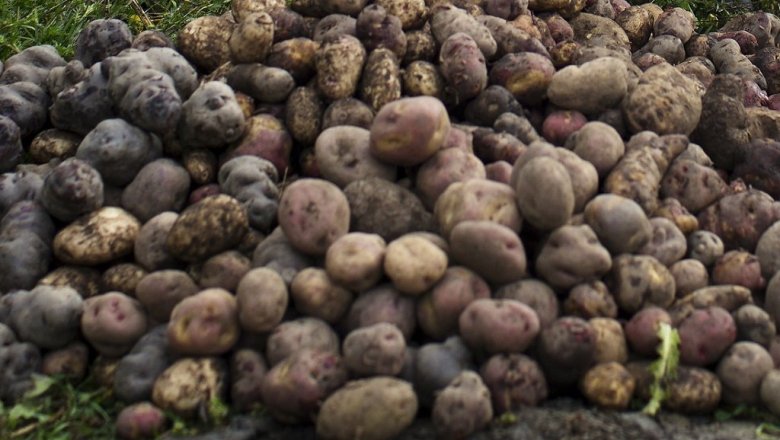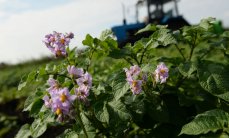Found the oldest traces of cooking potatoes
Anthropologists from the University of California have found the oldest mikrobiologicheskie evidence of use of potatoes as food in the settlements of South America. A study published in the journal Proceedings of the National Academy of Sciences.

Home made potato, Solanum tuberosum is one of the four most important crops in modern agriculture with rice, corn and wheat. Introduced from South America in the middle of the XVI century, it quickly spread through the Old World thanks to its high nutritional value and has become an integral part of the human diet across the continents. The potato contains vitamin C, antioxidants and resistant to digestive enzymes the starch, which affects the digestive system the same effect as fiber.
According to recent data, potatoes were first used for food about 7000 years ago. Originally adapted to extreme weather conditions (potato — geophytes, that is, a plant that is undergoing seasonal changes in climate by storing nutrients in underground parts), the ancestor of potatoes grew like a weed in the vicinity of ancient settlements.
It is a cultural form was derived, according to recent studies, in present-day southern Peru, in the highland region of the basin of lake Titicaca from the group of species S. brevicaule.
See also Russia will allocate one billion for a study of potato and ancient empires
Russia will allocate one billion for a study of potato and ancient empires
To explore the origins of cultivated potato in the place of its origin, the scientists collected materials in the ancient mountain settlement of Jiskairumoko located at an altitude of 3890 feet above sea level in the Western part of the basin of lake Titicaca. The settlement existed from about 3400 to 1600 years BC. Findings from this village reflect the transition from gathering to agriculture and a settled way of life and the emergence of a social division here, the evidence is moolanomy domestication and cultivation of plants of the family Chenopodiaceae.
The scientists collected starch grains from the surfaces 20 tools for grinding (mostly “Mano”, a stone with the deepening of the similar to modern mortars) and examined them using optical microscopy. They found 141 particle starch, belonging to different plant species — this suggests that the instruments are not divided by types of processed product. Of these, 50 particles were owned by the potatoes — this was established by the size and shape of grains, which differs in different species of plants.
According to scientists, the discovery suggests that potato in the highland of Peru is actively used as food for about 3-5 thousand years ago — perhaps even in its “wild” state.
Interestingly, the majority of the studied starch grains are cracked on the surface, which are characteristic for potatoes, dried by sublimation method. These data can be interpreted in different ways: on the one hand, drying at very low temperatures is not a modern invention. For hundreds of years it was used for long-term storage of food in the highlands. One of the most famous similar products — South American potatoes chuño, dried, dry, cold mountain air in the Andes. Sublimation could also be used to reduce the toxicity of the tubers of wild potatoes (freeze the cell membranes are destroyed and the glycoalkaloids are specific to the Solanaceae toxins are then easily washed out). On the other hand, according to modern research informed the use of sublimation has come with the advent of frost-resistant varieties of potatoes, at a later stage of the development of agriculture.
Read tagesseminar food prize awarded to scientists for sweet potatoes
It is also possible that the ancient settlers of triturated raw potato tubers and specific damage to the bean — traces of this treatment. This could be done with the same purpose — to reduce the content of glycoalkaloids. In combination with pica — eating phyllosilicate clay to neutralize the toxins, this practice is allowed to enter the potato in a permanent diet and begin active selection.
Today the value of the domesticated potato is not limited to use in food. Potato starch is used to produce biofuels, adhesives and as forage. Recently, scientists learned how to obtain food antimicrobial plastic from potato peelings — this invention will help to reduce the use of plastics from petroleum and, potentially, to improve the ecological situation.
Anna Manshina